Lebanon is a small country located in the Middle East with a rich history, diverse culture, and a plethora of tourist attractions.
Jeita Grotto
Jeita Grotto is a natural wonder located in the Nahr al-Kalb valley, just a few kilometers north of Beirut. It consists of two limestone caves that are interconnected with each other, and tourists can explore them on foot or by boat. The caves are known for their stunning rock formations, underground rivers, and crystal-clear waters. According to the Lebanese Ministry of Tourism, Jeita Grotto is one of the most visited tourist attractions in Lebanon (Ministry of Tourism, 2021).
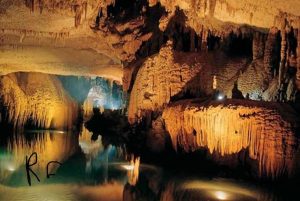
Byblos
Byblos is an ancient Phoenician city located on the Mediterranean coast, about 40 kilometers north of Beirut. It is one of the oldest continuously inhabited cities in the world, dating back to 5000 BCE. Byblos is famous for its historic ruins, including the Temple of Baalat Gebal, the Crusader Castle, and the Roman Amphitheater. The city is also known for its picturesque harbor, old souks, and traditional Lebanese restaurants (Lebanon Traveler, n.d.).
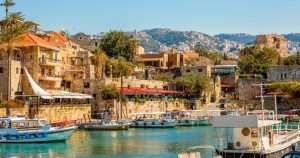
Baatara Gorge Waterfall
Baatara Gorge Waterfall is a natural wonder located in Tannourine, a village in the north of Lebanon. The waterfall drops 255 meters into a limestone cave and is surrounded by breathtaking scenery, including steep cliffs, dense forests, and rocky gorges. The waterfall is also known as the “Cave of the Three Bridges” because of the three natural bridges that have formed over time due to erosion (Tripadvisor, n.d.).
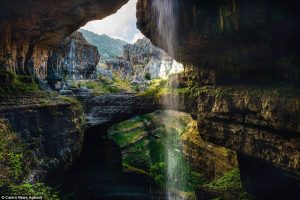
Harissa
Harissa is a hilltop town located just a few kilometers north of Beirut. It is known for its iconic statue of the Virgin Mary, which stands at 8.5 meters tall and overlooks the Bay of Jounieh. The statue was built in 1907 and has since become a symbol of the country’s Christian heritage. Harissa is also home to the Our Lady of Lebanon Shrine, which attracts thousands of pilgrims every year (Visit Lebanon, n.d.).
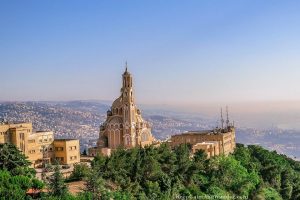
Cedars of God
The Cedars of God is a natural reserve located in the north of Lebanon, near the town of Bcharre. It is home to a forest of ancient Cedar trees that are over 1000 years old and can grow up to 40 meters tall. The Cedars of God are considered a UNESCO World Heritage site and are a symbol of Lebanon’s national identity (UNESCO, n.d.).
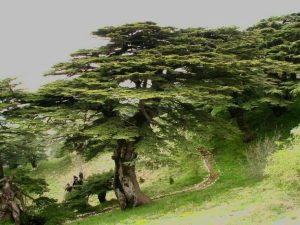
In conclusion, Lebanon has a lot to offer to tourists, from its natural wonders to its ancient ruins and cultural heritage. Whether you are interested in history, nature, or religion, Lebanon has something for everyone. Jeita Grotto, Byblos, Baatara Gorge Waterfall, Harissa, and the Cedars of God are just a few examples of the many tourist attractions that Lebanon has to offer
